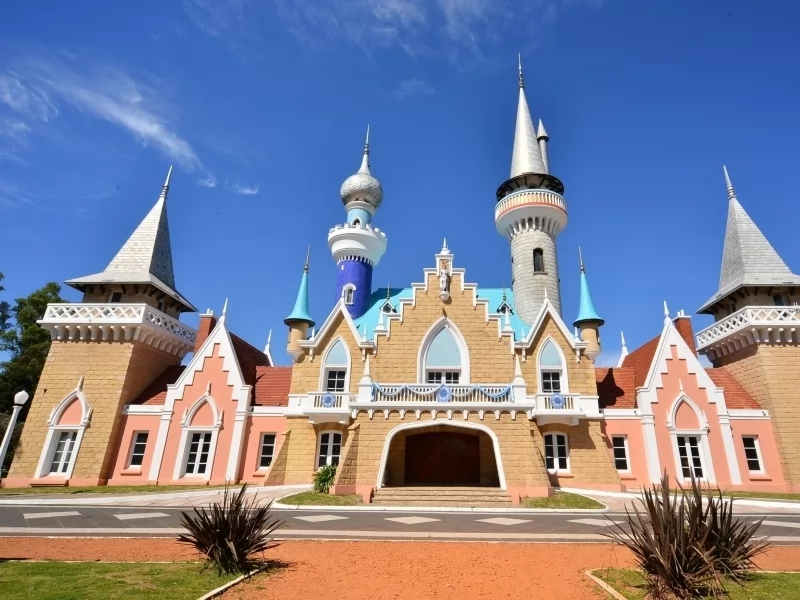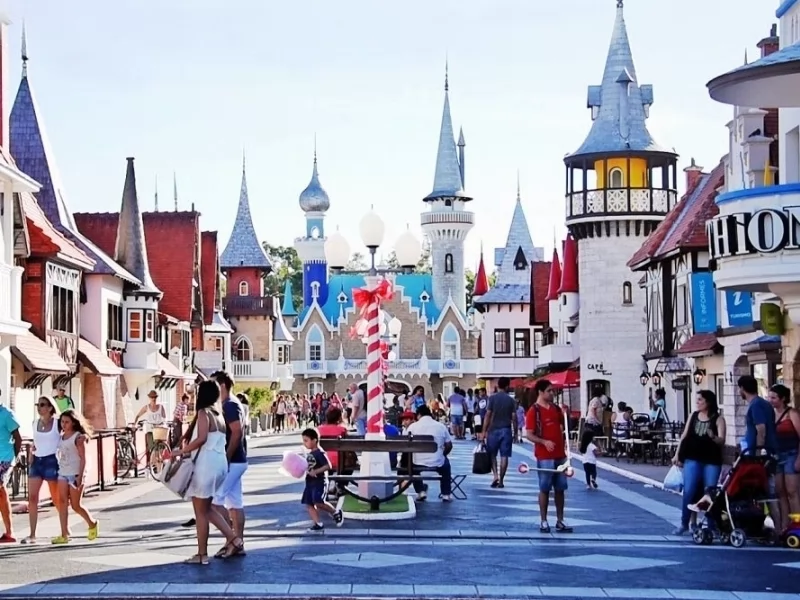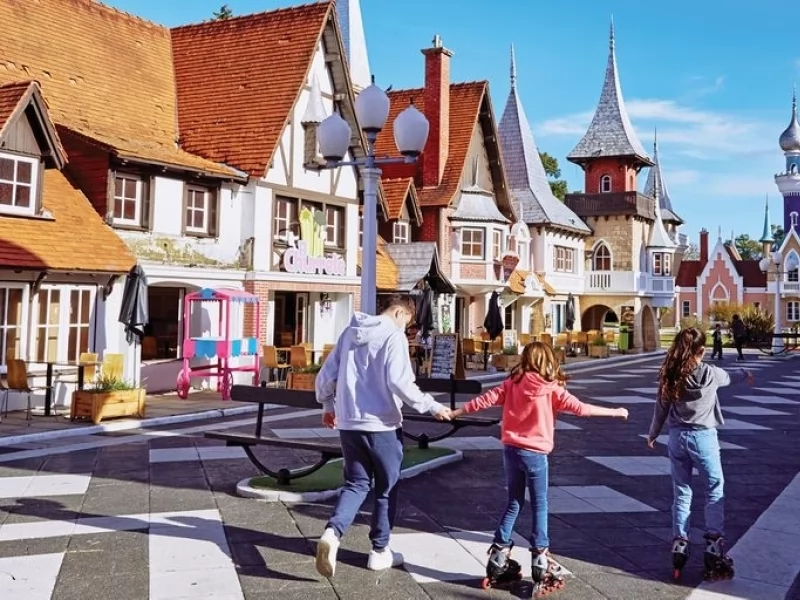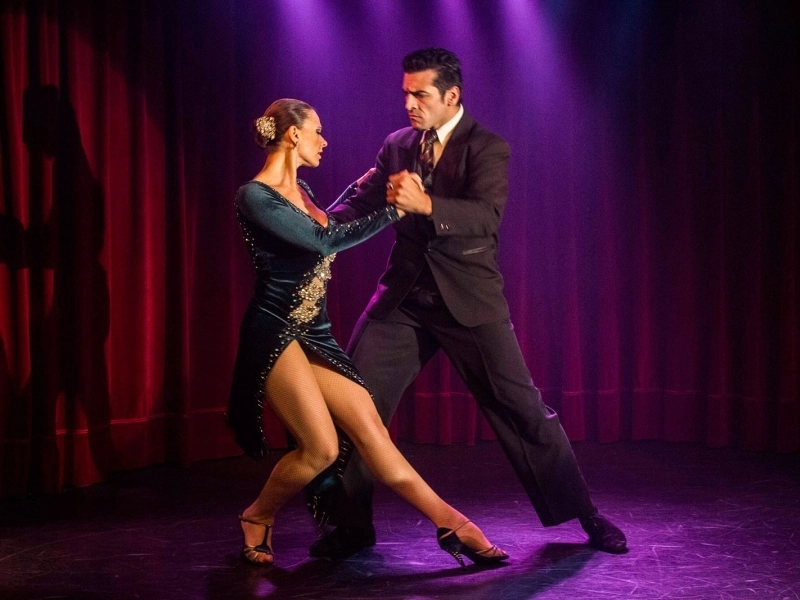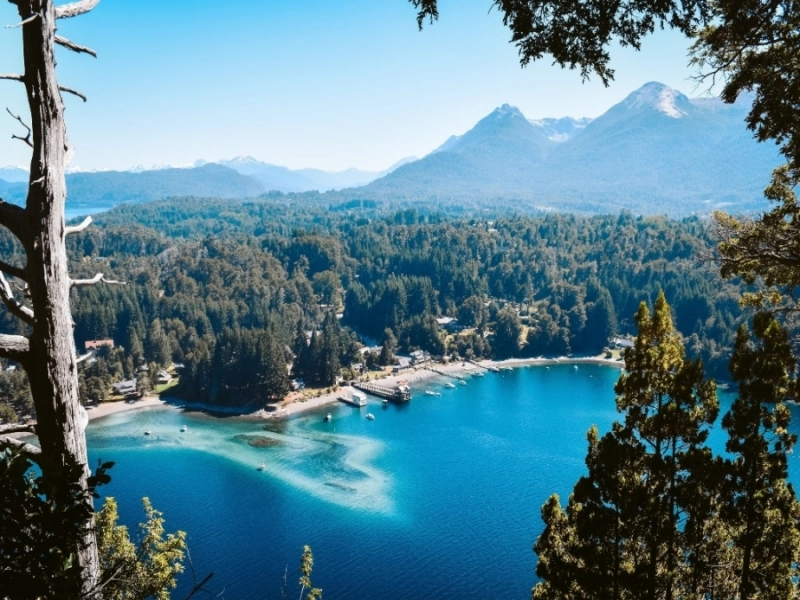News and Testimonials
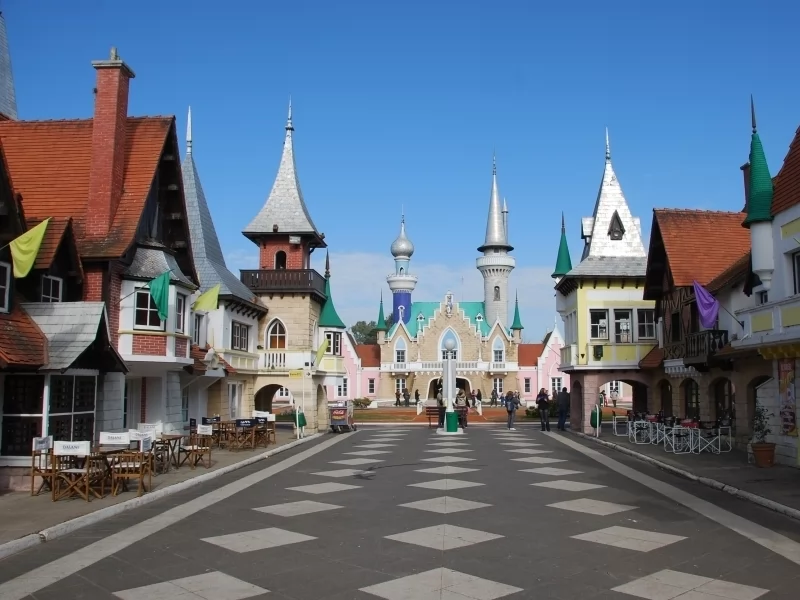
THE CHILDREN'S REPUBLIC, A MINIATURE CITY
“República de los Niños” is the first recreational theme park in Latin America. It is located in La Plata (Argentina). The property belonged to the old golf course "Swift Golf Club", destined for the owners of the English refrigerators that were based in the region. Construction began in 1949 and was financed with provincial funds through the Investment Institute of the Province of Buenos Aires. After two intense years of work, the Park was inaugurated in 1951 by President Juan Domingo Perón. The main purpose of its foundation was recreational and educational recreation for children.
Likewise, it was sought that children discover the essence of their role as future citizens to live in democracy, that they recognize basic social institutions and, mainly, human rights and the rights of the child. The 52-hectare site houses buildings with different architectural styles, with medieval, Islamic, and European influences, which bring together public, sports, banking, educational, and religious activities. Most of them are located in an urban center built on a children's scale. It also incorporated different tree species as well as an extensive green area and water mirrors and a varied range of aquatic birds.
The idea behind the park
The state of well-being and social change in the mid-twentieth century was expressed in the Park project, to provide a space in which children could directly experience the importance of democratic life, participating in the activity of civic institutions. that found and sustain the nation, with social justice as the engine and model of transformation.
The exercise of civic activity was one of the main pedagogical objectives for the “Republic of Children”. It was a space for education and preparation for the democratic life of the new generations, by replicating the image of the republic. The Park was conceived as a civic and pedagogical instrument, for teaching and production, as a systemic space, intertwining the urban and the rural. So each projected building had a function in itself, which contributed to the idea of ??totality.
The garden, as a production center, was aimed at teaching nature. The train that ran through the Park, simulated the existing rail transport system in the country. The existence of a small port represented the export activity. All these aspects, raised in reduced dimensions, sought to show the productive operation of the country at the time to be transmitted to the new generations.
The Park has landscaped green spaces, with an old grove and a variety of species and a central depression that, due to its natural drainage of the waters, forms a lake with islands. It has three areas: urban, rural and sports. The urban area offers roads, paths, streets and a number of thematic buildings that define a central axis called "Civic Center", where the institutions of the "Government of the Republic" are concentrated.
The founding objective was to build the buildings on a children's scale, so that they can experience the development of democratic life. The Civic Center is made up of a set of public buildings, located around the Plaza de las Américas, along with the pedestrian street (where a commercial sector was developed) and the Plaza San Martín.

